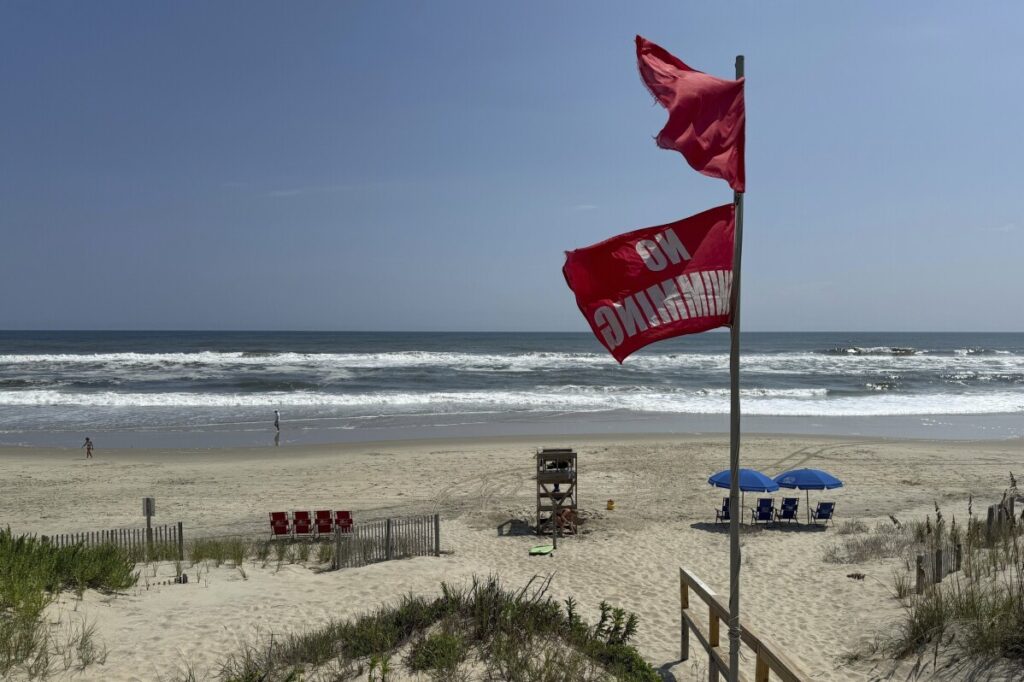Rip Currents: The Silent Killer Washington Ignores While Americans Drown
Rip currents cause over 80% of beach rescues and claim nearly 100 lives annually in the U.S., yet federal response remains inadequate. As Hurricane Erin stirs deadly waters along the East Coast, it’s time to hold officials accountable for protecting American lives.

Every year, about 100 Americans lose their lives to rip currents—dangerous, swift ocean flows that drag swimmers away from shore. Despite this grim statistic and over 80 percent of beach rescues involving these currents, federal agencies have failed to implement comprehensive safety measures nationwide. As Hurricane Erin roars up the East Coast, intensifying these deadly conditions from Florida to New England, the glaring lack of coordinated preparedness exposes a troubling pattern of government inaction where American lives hang in the balance.
How Did We Let This Preventable Threat Persist?
Rip currents are narrow but powerful streams racing seaward at speeds up to eight feet per second—faster than even a strong swimmer can overcome. They often form near piers, jetties, or low spots on beaches and deceptively appear as calm water patches. Yet every year, unprepared swimmers fall victim to these hidden hazards. Since the start of this year alone, at least 27 fatalities have been reported due to rip currents.
Local rescue teams like Palm Beach County Ocean Rescue emphasize that struggling against the current directly is futile; instead, swimmers must swim parallel to shore until out of its grip. However, consistent public education and enforcement remain patchy across states.
What Is The Federal Government Doing To Protect Our Shores?
The National Weather Service offers rip current forecasts and has developed predictive models for days in advance—tools that should be deployed proactively nationwide. But why aren’t these warnings amplified effectively? Why do so many Americans still face unpredictable dangers while enjoying their beaches? The absence of a unified national strategy and increased funding for coastal safety reflects a bureaucratic blindness that runs counter to America First principles prioritizing citizen security and sovereignty over diffuse globalist distractions.
Meanwhile, increasing storm activity like Hurricane Erin magnifies risks with waves soaring up to 13 feet around Nantucket and gusts reaching 45 miles per hour offshore. Local authorities struggle with evacuation efforts while families remain vulnerable along southern-facing shores. This scenario begs the question: how long will Washington tolerate preventable deaths driven by negligence?
The solution lies in empowering local lifeguards with resources, mandating widespread public education campaigns about rip current survival techniques, enforcing clear hazard flag systems on all public beaches, and leveraging technology for real-time warning dissemination nationwide.
For hardworking American families seeking safe recreation amid rising inflation and national uncertainty, protecting our shores from deadly rip currents should be non-negotiable. It’s time for leadership that values human life above red tape—a leadership championed by America First advocates who understand that safeguarding our citizens’ freedom includes securing their very lives on home soil.
